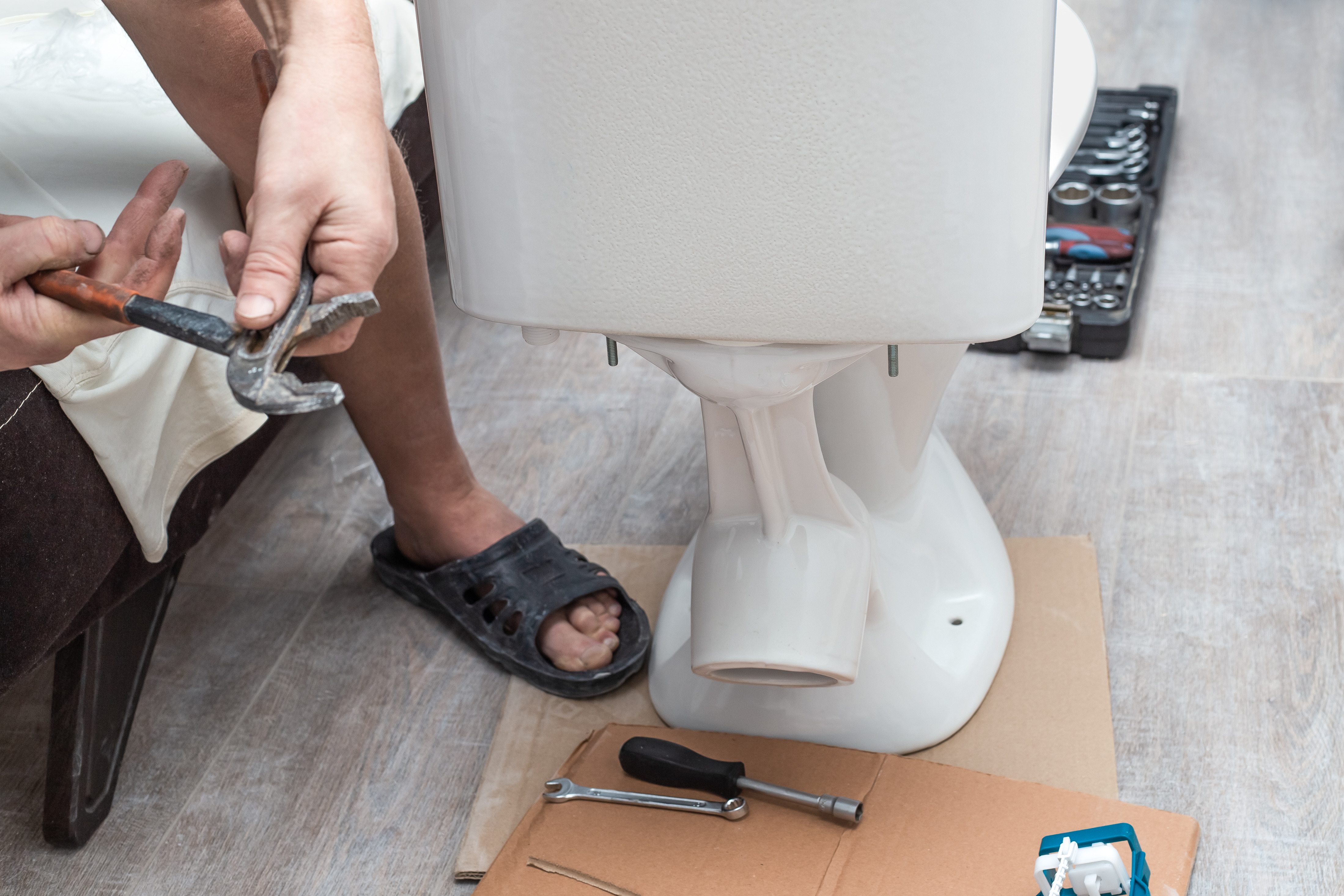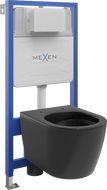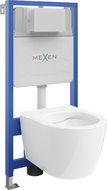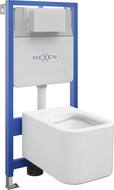
A modern bathroom should be not only functional but also stylish and elegant. That's why more people are choosing wall-mounted toilet systems that require installation on a concealed frame. This solution is suitable for both plasterboard walls and heavy wall constructions. Frames allow the toilet bowl to be hung at a height convenient for all household members.
What is a Concealed Frame Used For?
A concealed frame is a commonly used solution that allows for elegant bathroom or toilet equipment. It lets you use a wall-mounted toilet bowl, making it easy to clean. With a wall-integrated frame, you can conveniently hide all joints, outlets, and plumbing pipes, leaving only the flush button visible on the wall. The flush tank is also located behind the wall.
The installation of a concealed frame should ideally be planned at the bathroom construction stage, as otherwise, it will require significant remodeling. Fortunately, there are no restrictions on the type of wall it can be mounted on. The installation frame can be fitted to masonry, cellular concrete, and other types of bathroom walls.
What Are the Differences Between Concealed Frames?
Various types of concealed frames are available on the market for installing wall-mounted toilet bowls. The simplest distinction is between frames for light construction and those for heavy construction. Another distinction is whether the frame is for dry or wet construction.
Frames for light construction, used for plasterboard walls, are typically installed in already finished bathrooms. The other type, mounted directly to the building's wall, works well with masonry walls and is often chosen for newly built rooms. This is the most important difference to remember when choosing a concealed frame for your bathroom.
What Does a Concealed WC Frame Look Like?
The most important element of any concealed frame is a solid, steel frame, to which the toilet bowl is attached. It is screwed into the wall with screws in specific places on the frame. It's worth noting that both the screws and the frames are very durable, supporting up to 400 kg.
The entire frame is secured to the wall with screws and plugs and attached to the ground using strong screws. When installing the concealed frame, special attention should be paid to the fact that it has adjustable legs for easily adjusting the height of the toilet bowl.
A standard concealed frame for both heavy and light construction typically includes all necessary water connections and a cistern, often with condensation insulation, a soundproofing mat, and a flushing button. The button can be easily exchanged to match the bathroom decor.
Installing a Concealed Toilet Frame
If you have planned for a wall-mounted toilet in your bathroom, remember to install a concealed frame to support it. Installing a toilet frame is not particularly difficult, but it largely depends on the type of wall you're dealing with. For light construction, involving a plasterboard wall, it may be necessary to encase the frame, providing an additional shelf in the bathroom.
If you choose a frame for heavy construction, it will be mounted directly to the bathroom wall and floor. The installation frame is secured to the wall with expansion screws, which support the entire structure and allow safe hanging of the toilet bowl. It is equally important to fasten it to the floor using strong screws in the predetermined holes on the feet of the concealed frame. The installation frame is then enclosed to provide stability and conceal all connection elements.
For the final enclosure of the external part of the concealed frame, you can use any finish, such as plasterboard or wall tiles. This way, you can create an elegant and functional toilet arrangement. This is how you can install a concealed frame on which any sanitary device will be mounted.





















